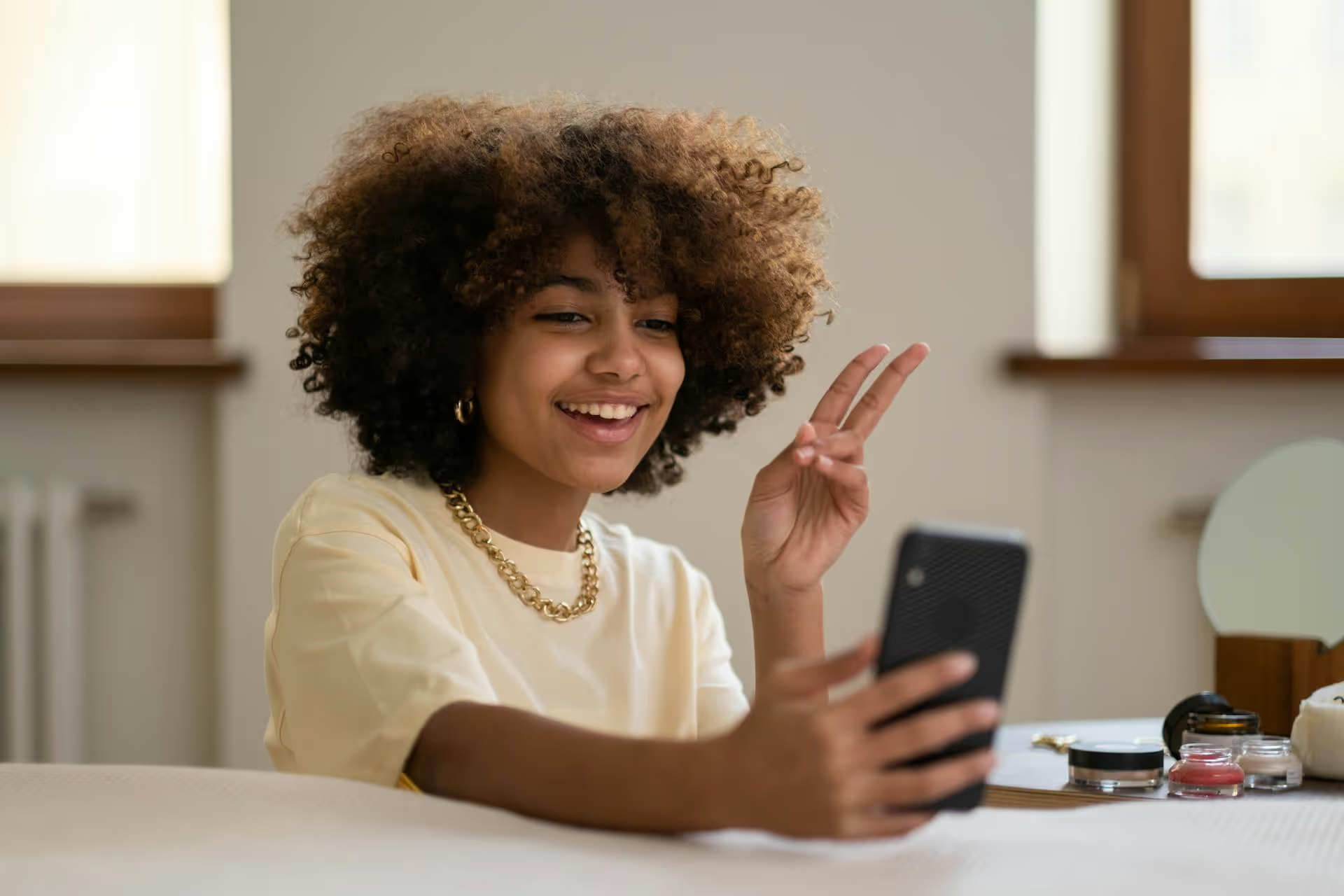How to Add Social Media Icons to an Email Signature
Enhance your email signature by adding social media icons. Discover step-by-step instructions to turn every email into a powerful marketing tool.

Streaming your Zoom meeting directly to Facebook lets you blend the interactivity of a private call with the massive reach of a social media platform, turning a small gathering into a public event with just a few clicks. This guide walks you through every step, from the initial account setup to the best practices for a smooth, professional broadcast. We'll show you exactly how to enable the feature and how to start your stream, so you can connect with a much wider audience effortlessly.
Connecting Zoom to Facebook isn't just a technical trick, it's a strategic move that helps you get more value out of the content you're already creating. It's about maximizing your reach, engagement, and the long-term impact of your events.
Before you can go live, a few requirements must be met. Taking a moment to check these prerequisites will save you a lot of troubleshooting later. Make sure you have the following in place:
Before you see the option to livestream in your meeting controls, you first need to turn it on from your main Zoom account settings in the web portal. You only have to do this once.
If you're part of a larger organization, you may need to ask your account administrator to enable this setting for you or your user group.
Here's how to do it:
With this setting enabled, the option to go live will now appear in the meeting controls for any meeting you host on that account. You're now ready for the main event.
Once you've enabled livestreaming in your account settings, starting a stream from an active meeting is quite simple. The process only takes a minute to set up before you go live.
That's it! You are now live. Anything shown in your Zoom meeting - including your camera, audio, and any screens you share - is being broadcast to your selected Facebook audience. Remember there's usually a 15-20 second delay between what happens in Zoom and what your Facebook audience sees.
Successfully connecting Zoom to Facebook is just the technical part. To create a professional and engaging experience for your audience, consider these best practices.
Never go live for the first time with an important event. Always do a test run. You can stream to your personal Facebook timeline and set the post privacy to "Only Me." This creates a private broadcast that nobody else can see, allowing you to check audio levels, video quality, and the stability of the connection without any pressure.
The quality of your production matters. Viewers on Facebook are far more likely to leave a stream with poor audio or video.
Running a hybrid event means you have two separate audiences: one in Zoom and one on Facebook. If you can, assign a team member to act as a community manager. Their job is to monitor the Facebook comment section, answer technical questions, and feed relevant audience questions to the speaker. Periodically give shout-outs to your Facebook viewers to make them feel included in the conversation.
Don't just go live and hope people find you. Promote your live event for at least a few days beforehand. Create a Facebook Event page or schedule posts on your social channels letting your audience know the what, when, and why of your stream. Building anticipation drives higher initial viewership, which tells Facebook's algorithm that your content is valuable.
A structured stream is an engaging stream. Know what you're going to say and in what order. Prepare an outline or a simple script. If you plan to share your screen, have your slides or documents open and ready beforehand. Waffling or fumbling for files live on air can make you look unprepared and cause viewers to lose interest.
Connecting Zoom to Facebook is a powerful way to expand your message, engage a broader community, and make your online events more accessible. Once you complete the initial setup in your Zoom settings, starting a stream only takes a few clicks, making it a highly efficient way to repurpose your meeting content for a wider audience.
After your stream, the work isn't over. That video becomes a valuable piece of content! Using a tool like Postbase, we make it easy to follow up. You can create teaser clips or highlight reels from your livestream and schedule them across all your social channels - like TikTok, Instagram Reels, and YouTube Shorts - to keep the conversation going long after the broadcast ends. This is how we feel one piece of pillar content can be repurposed to fuel an entire week's worth of high-engagement posts.
Enhance your email signature by adding social media icons. Discover step-by-step instructions to turn every email into a powerful marketing tool.
Learn how to add your Etsy link to Pinterest and drive traffic to your shop. Discover strategies to create converting pins and turn browsers into customers.
Grant access to your Facebook Business Manager securely. Follow our step-by-step guide to add users and assign permissions without sharing your password.
Record clear audio for Instagram Reels with this guide. Learn actionable steps to create professional-sounding audio, using just your phone or upgraded gear.
Add translations to Instagram posts and connect globally. Learn manual techniques and discover Instagram's automatic translation features in this guide.
Optimize your Facebook Business Page for growth and sales with strategic tweaks. Learn to engage your community, create captivating content, and refine strategies.
Wrestling with social media? It doesn’t have to be this hard. Plan your content, schedule posts, respond to comments, and analyze performance — all in one simple, easy-to-use tool.